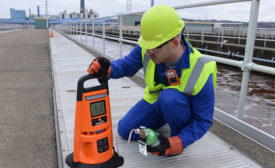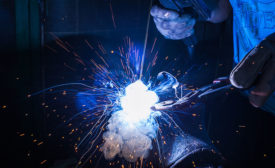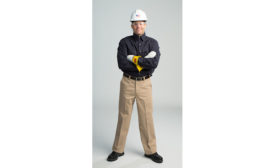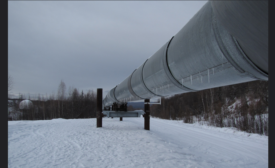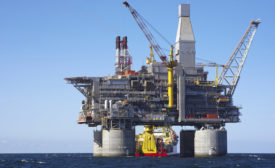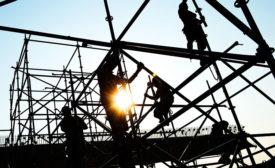Oil and Gas Industry Safety & Health
2020 Top Standards: ANSI/ISEA
ANSI/ISEA 121- Dropped object prevention solutions
January 1, 2020
2020 Top Standards: National Fire Protection Association (NFPA)
NFPA 652 standard on fundamentals of combustible dust
January 1, 2020
Become a Leader in Safety Culture
Build your knowledge with ISHN, covering key safety, health and industrial hygiene news, products, and trends.
JOIN TODAYCopyright ©2025. All Rights Reserved BNP Media.
Design, CMS, Hosting & Web Development :: ePublishing
